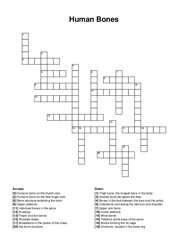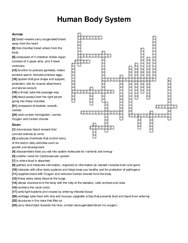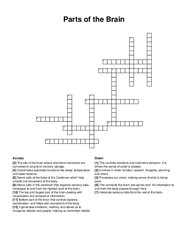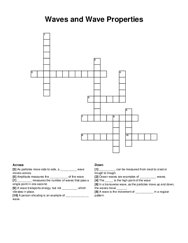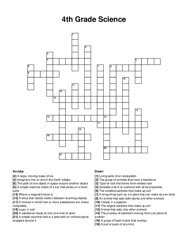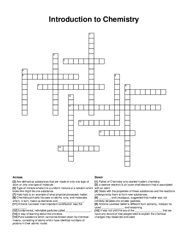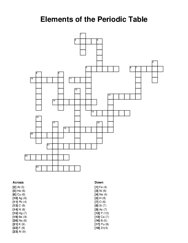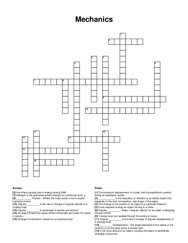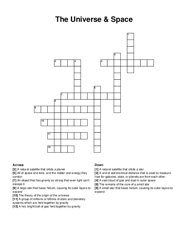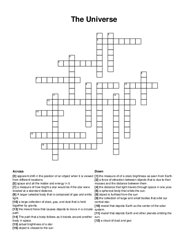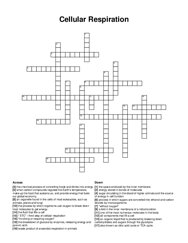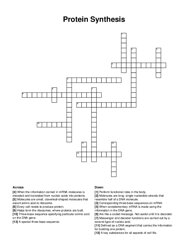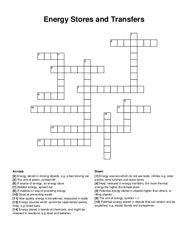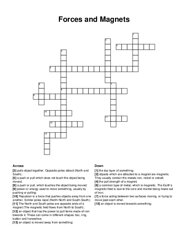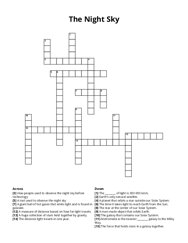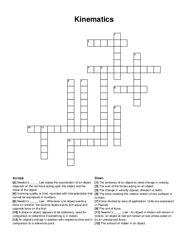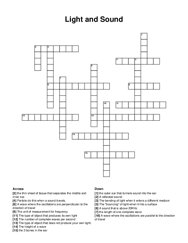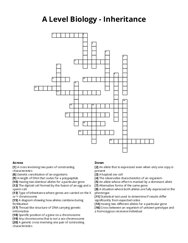Categories
- Agriculture / Farm
- Animals
- Arts / Crafts
- Beauty / Fashion
- Books / Literature
- Business / Finance
- Cities / Places
- Computers / IT
- Ecology / Climate
- Electronics
- Energy / Utilities
- Food / Drinks
- General
- Geography
- Geology
- Health / Fitness
- History
- Home / Garden
- Jobs / Education
- Kids / School
- Law / Government
- Music / Movies / TV
- News / Media
- Occasions
- Christmas
- Easter
- Halloween
- New Year
- Saint Patrick's Day
- Thanksgiving
- Valentine's Day
- Outdoors
- Religion / Belief
- Safety / Prevention
- Science
- Astronomy
- Biology
- Chemistry
- Physics
- Seasonal
- Society / Culture
- Sports
- Tools / Equipment
- Travel / Tourism
- Vehicles
Science Crossword Puzzles
Science crossword puzzles printable are a great way to spend some quality time with your children while helping them learn about science. Give them a fun and educational activity to do together. With a printable crossword puzzle, you can teach your kids about the solar system and other science related topics.
the smallest thing that can exist on it's own, two or more elements chemically joined, not easily separated, material made of all of one type of …
bone structure protecting the brain, thigh bone, the longest bone in the body, shinbone, located in the lower leg, smaller bone alongside the tibia, …
a fun board game, but also the bones that keep your brain safe, the total number of cranial bones, the suture where the parietal bones meet the …
structures in the nose that filter air, first chamber blood enters from the body, cartilage tube lined with cilia and mucous; epiglottis is flap that …
nerve cells at the base of the cerebrum which help smooth out movement of the body, coordinates automatic functions like sleep, temperature, and water …
in a transverse wave, as the particles move up and down, the waves move _ , the _ is the high point of the wave, a wave is the movement of _ in a …
living parts of an ecosystem, a mixture in which two or more substances are mixed completely, the largest particles that make up soil, a pull or push …
process that occurs when plants and animals die, the solid form of carbon dioxide, plants use carbon dioxide and water in the presence of sunlight to …
what is the name for the [al]+3 ion?, what is the name for the [p]-3 ion?, what is the name of the [so3]-2 ion?, what is the name of the chromate …
_ and leucippus, suggested that matter was not infinitely divisible into smaller particles, atoms are made up of three particles: _ , neutrons and …
the basic unit of life is the _ , _ are the structures within cells that perform specific functions, the process by which plants make their own food …
f (8), fe (4), na (6), ca (7), as (7), at (5), c (6), ne (4), pb (4), n (8), o (6), he (6), p (10), h (8), zn(4), be (9), k (9), hg (7), ni (6), ag …
a neutral group of atoms joined together by a covalent bond, positively charged particle in the nucleus, the number of neutrons in iodine, the amount …
newton's _ law of motion: "an object in motion will continue in motion unless acted on by an unbalanced force.", the force that pulls …
the maximum displacement of a body from the equilibrium position during an oscillatory motion, _ displacement - the angle described at the center of …
an object that has gravity so strong that even light can't escape it, a group of millions or billions of stars and planetary systems which are …
object is furthest from the sun, a cloud of dust and gas, a large collection of stars, gas, and dust that is held together by gravity, the inward …
uses negative pressure to move water and nutrients, uses positive pressure to move sap, tissue-level transport through cell membranes, tissue-level …
the process by which organisms use oxygen to break down food molecules to get energy, the breakdown of glucose by enzymes, releasing energy and …
a key substances for all aspects of cell life, are like a coded message. not useful until it is decoded, when complementary mrna is made using the …
energy stored in bonds of chemicals, and might be released in reactions, e.g. food and batteries, wasted energy, spread out, good at preventing waste, …
a push or pull exerted on one object by another, the capacity to do work or cause physical change, the action or process of moving or being moved, how …
an object is moved away from something;, the north and south poles are opposite ends of a magnet (the magnetic field flows from north to south);, a …
earth's only natural satellite, the force that holds stars in a galaxy together, the time it takes light to reach earth from the sun, a measure …
newton's _ law - an object in motion will remain in motion, an object at rest will remain at rest unless acted on by an unbalanced force, a place …
the thin sheet of tissue that separates the middle and inner ear, the 3 bones in the ear, the outer ear that funnels sound into the ear, a sound that …
a ratio expressed as a fraction that equals one, the ratio of the actual yield to the theoretical yield of a material, the volume occupied by 1 mole …
any chromosome that is not a sex chromosome, a genetic cross involving one pair of contrasting characteristics, specific position of a gene on a …
heat is transferred by touch, the ability to do work, amount of thermal energy to raise 1g of water 1 c, heat transfers through liquid or gas, energy …
a push or pull on an object, the amount of force needed to move an object, when two forces acting on an object are equal and opposite, when an object …

